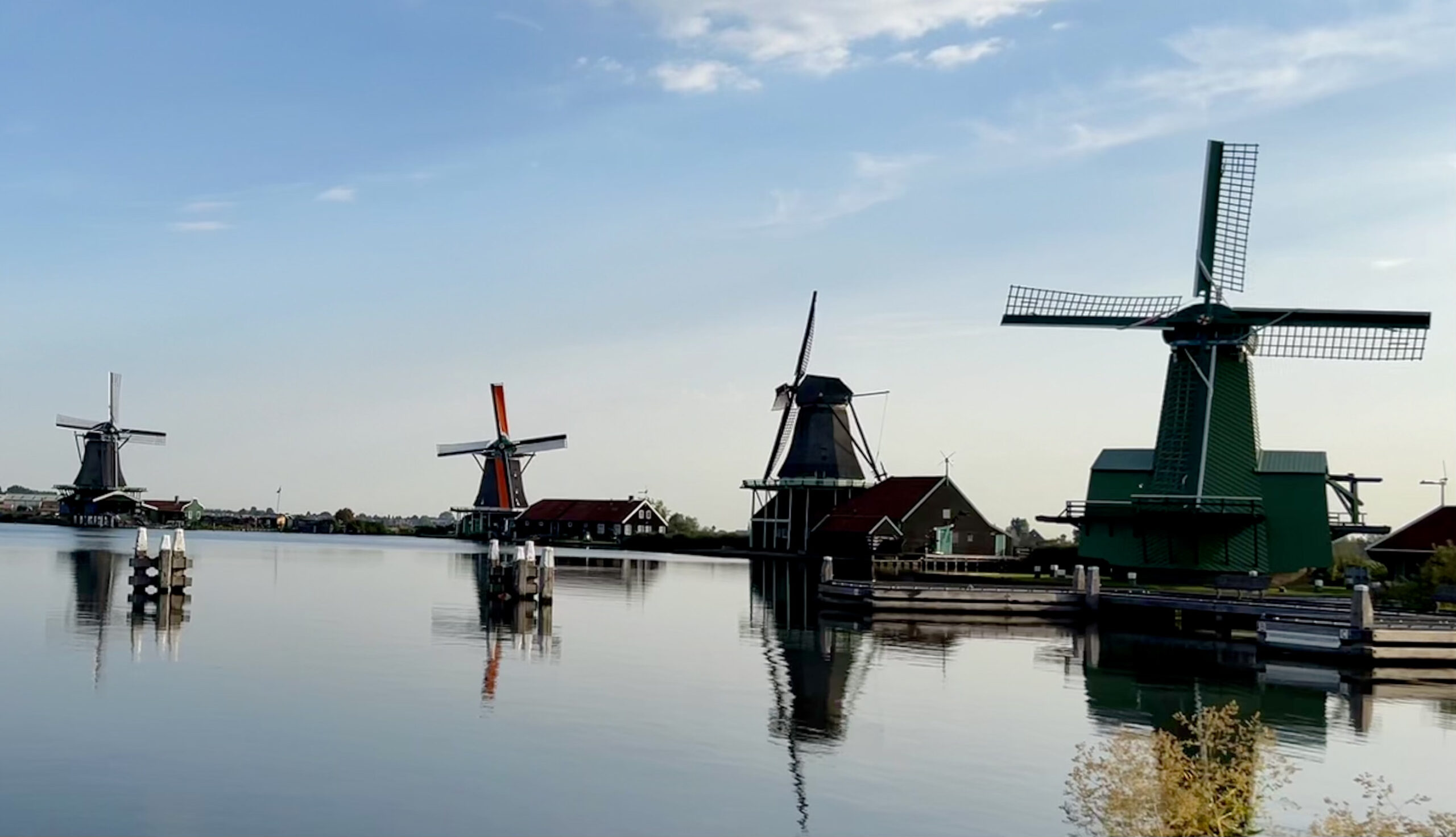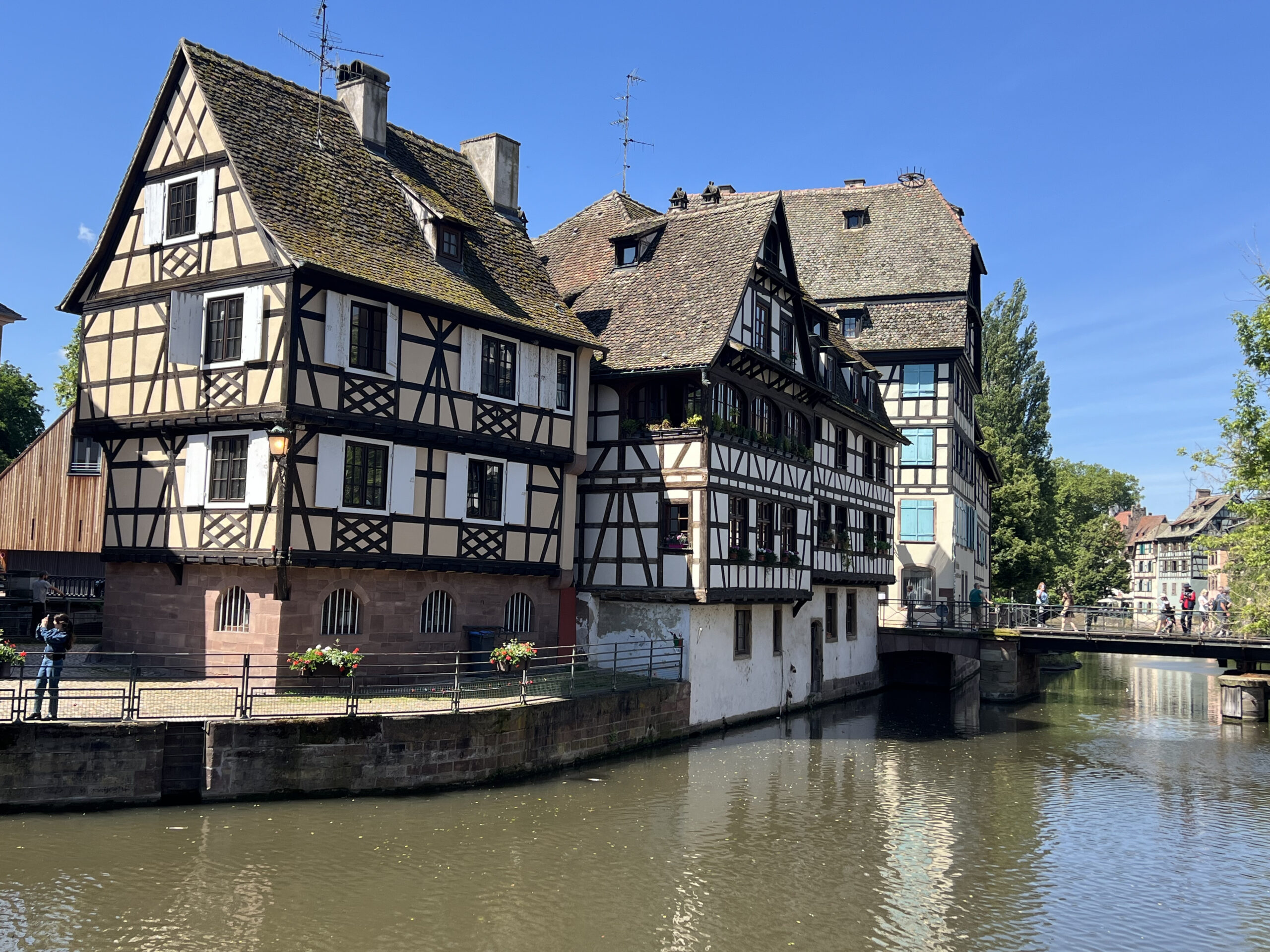Located just north of Amsterdam, the town of Zaandam is home to one of the most iconic sights in the Netherlands: its historic windmills. Often associated with the picturesque landscapes of the Dutch countryside, windmills have been a crucial part of the Netherlands’ development, especially in regions like Zaandam. This town, with its rich industrial history and role in shaping Dutch innovation, is a must-see for anyone looking to understand the fascinating role of windmills in Dutch culture and history.
A Brief History of Zaandam’s Windmills
Zaandam, located in the Zaan region, has been closely associated with windmills since the 17th century. The area is often considered the birthplace of industrial windmill technology, and during the height of the windmill era, it was home to an extraordinary number of working mills. In fact, by the mid-1700s, there were over 1,000 windmills in the Zaan region alone, many of which were concentrated in Zaandam. These mills were not just used for draining water from the land (as is the case with many windmills in the Netherlands); they served a variety of functions that were critical to the development of the region’s economy.
The Function of Windmills in Zaandam
The windmills of Zaandam were primarily used for industrial purposes. They ground flour, sawed timber, and even powered oil presses. In fact, the Zaan region was home to a number of specialized windmills, each designed for a particular task. For example, there were windmills dedicated to grinding spices, such as pepper and cloves, while others processed pigments for the booming Dutch painting industry. The area became known as the “Zaanse Schans” (Zaan Canal) due to the vast network of windmills, making it one of the earliest examples of an industrialized landscape in Europe.
These mills were key to the Netherlands’ economic dominance during the 17th and 18th centuries, as they helped speed up processes that were previously done by hand. The mills in Zaandam played a crucial role in the global trade networks, processing goods for export around the world, especially to the burgeoning markets of the East Indies (modern-day Indonesia) and the Americas.
The Zaanse Schans: A Living Museum
Today, the Zaanse Schans is one of the most famous historical sites in the Netherlands. This open-air museum is located just outside Zaandam and showcases a collection of preserved windmills and historic wooden houses. Visitors can experience how the windmills worked, see traditional Dutch crafts in action, and get a sense of life in the region during the height of the windmill era.
The Zaanse Schans is home to a number of working windmills, including the De Kat, a windmill that produces paint pigments, and the De Gekroonde Poelenburg, a sawmill that demonstrates the traditional method of processing timber. Each windmill in the museum is open to the public, and many still produce goods in the same way they did centuries ago.
The museum is not just about windmills; it also offers a fascinating glimpse into traditional Dutch life. Visitors can explore historic wooden houses, visit craft workshops, and learn about local industries like cheese-making and clog-making. The area has become a major tourist destination, attracting visitors from around the world who want to learn about the Netherlands’ cultural heritage.
The Technological Innovation of Dutch Windmills
The windmills of Zaandam were not only a key feature of the region’s landscape but also a symbol of Dutch ingenuity. The design and construction of these mills were groundbreaking for their time. By the 17th century, the Dutch had developed highly efficient windmill technology that allowed them to harness the power of the wind in ways that had never been done before.
The key to the Dutch windmill’s success was its ability to adapt to different needs. Early Dutch mills were used to pump water, but as the need for industrial milling grew, the Dutch adapted the design to meet the demands of grinding grain, sawmilling timber, and other tasks. The Dutch were pioneers in the development of specialized windmills for different industries, which made them an integral part of the country’s industrial revolution.
One notable innovation was the use of the adjustable blade. Dutch windmills featured blades that could be rotated to adjust the angle of the sails, allowing them to catch the wind more efficiently and generate greater power. This flexibility meant that the mills could continue to operate under various weather conditions, making them incredibly reliable and efficient.
The Decline and Preservation of Windmills
By the 19th century, the role of windmills in industrial production began to decline. The advent of steam engines, followed by electricity, meant that windmills were no longer the primary source of power for milling and other industrial activities. While many of the windmills in Zaandam and the surrounding areas fell into disuse or were dismantled, some were preserved due to their historical and cultural significance.
In the 20th century, efforts to preserve the windmills of Zaandam and other parts of the Zaan region gained momentum. Organizations like the Zaanse Schans Foundation helped restore and maintain these historic structures, ensuring that future generations would be able to appreciate their importance. Today, the region’s windmills are not only a reminder of the past but also an active part of the Dutch national identity.
The Importance of Windmills to Dutch Heritage
The windmills of Zaandam, as well as those in other parts of the Netherlands, are more than just picturesque structures; they are symbols of Dutch innovation, resilience, and environmental stewardship. The windmill represents the Dutch ability to adapt to their environment, harnessing the wind and water to create a sustainable way of life.
The preservation of these windmills serves as a reminder of the Netherlands’ industrial heritage and the importance of sustainable energy sources. Even in modern times, wind power remains an essential part of the Dutch energy mix, and the windmills of Zaandam continue to inspire innovations in renewable energy and environmental conservation.
Conclusion
The windmills of Zaandam are more than just a charming sight for tourists—they are a testament to the ingenuity, innovation, and perseverance that have characterized the Dutch people for centuries. From their role in the industrial revolution to their place in modern Dutch identity, these windmills stand as a symbol of the country’s remarkable history and its ongoing commitment to sustainability. Whether you’re exploring the Zaanse Schans or simply enjoying the view from afar, the windmills of Zaandam offer a unique and lasting connection to the past, one that continues to shape the Netherlands today




